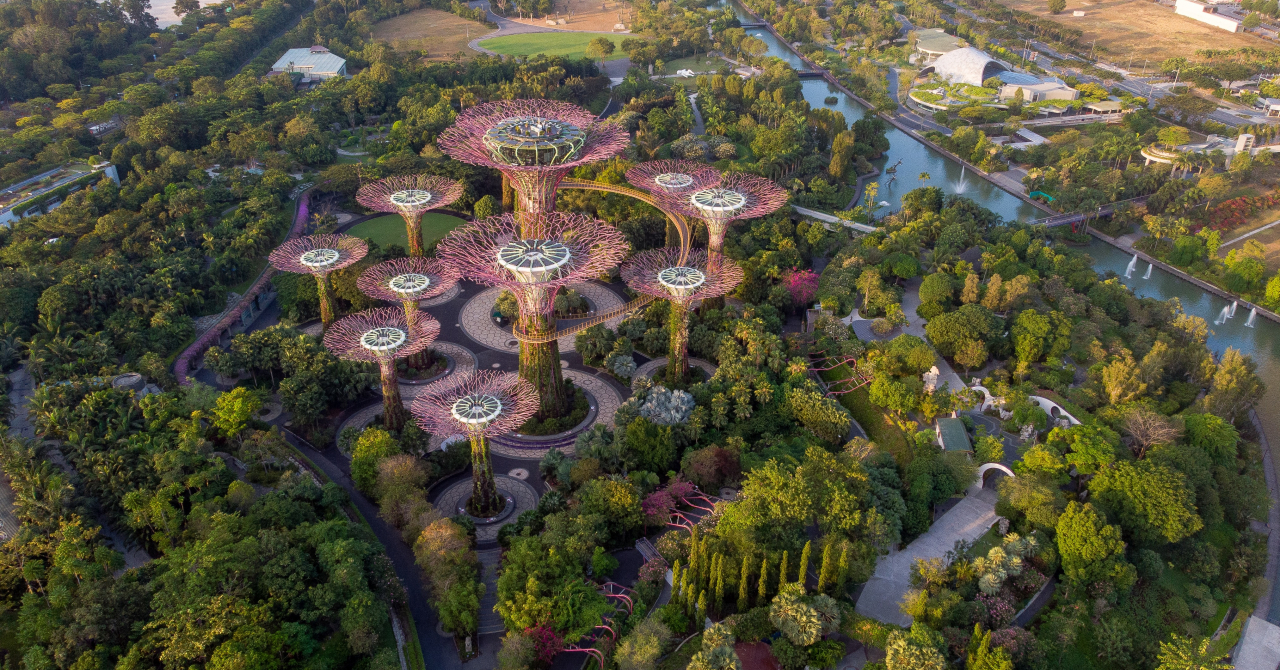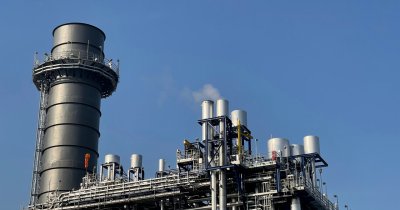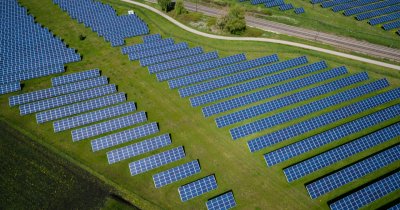According to World Economic Forum, the College of Design and Engineering at the University of Singapore built the first net-zero energy building in Singapore, which was completed in 2019 and is called CDE4.
The existing three buildings of the College will be renovated to become net-zero as well, two of them by mid-2022 and the last one will be planned for the future.
CDE4 uses an innovative hybrid cooling system, which helps when it comes to energy consumption management. The large photovoltaic roof also helps with regards to replenishing the used energy.
In January 2020 it was stated that the building is actually net-positive, meaning that it was able to provide more energy than it needed in order to operate.
Jurgon Lake District is another area of great potential for sustainability.
The business district is planned to be a car light area, where at least 85% of the trips should be taken either by foot, bike or public transport.
The cars that will drive through Jurgon Lake District will be either autonomous or electric, contributing to the environmentally friendly purpose.
Tengah Town is a planned town in Singapore that will be nature focused. The neighborhood will be the first car-free town center in Singapore, thanks to the improved and ubiquitous transportation system, which will allow all the citizens of Tengah Town to walk to the train station.
Another great sustainability effort is the centralized cooling system, which is said to be more efficient than individual ones built into individual houses.
These, among other ingenious features are said to bring about 30% in energy savings for residents.
The ambitious project proposed by Singapore officials could be considered a model for other cities in becoming net-zero with regards to carbon emissions, but each city will have to implement their own plan as it will face different challenges in becoming greener and healthier.
 Mihai - Cristian Ioniță
Mihai - Cristian Ioniță












Any thoughts?